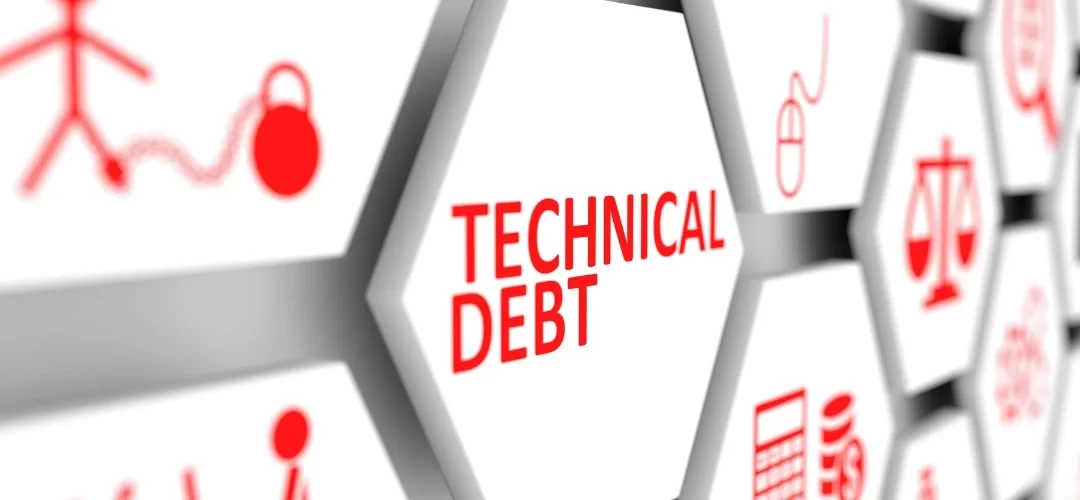After the Industrial Revolution, the age of science and mass production began and is now followed by a digital revolution, which is the 21st century’s growth enabler. The industries of the future are all powered by technology. Technology has proven to reduce the cost for enterprises by increasing efficiency, productivity, and optimizing resources. However, when it comes to evaluating IT cost optimization, it requires a holistic perspective that caters to organizational needs, budget, and goals. Research by CIO magazine reports that the small and medium businesses should spend an average of 4 to 6% of the revenue on all IT infrastructure; however, the average spend is 6.9%.
The digital transformation disrupts various sectors and industries. Modern businesses need to focus on a data-driven approach for customer engagement, product development, and scalable business models. Modern companies require a Chief Information Officer (CIO) who evaluates the technological requirements, examines the budget, identifies the talent, and suggests ways to cut expenses by consolidating associated departments. Below we have compiled a list of 6 top IT cost optimization techniques for enterprises and startups:
Outsourcing to Become Lean
As digital companies aren’t required to meet and work, various companies are opting for outsourcing their projects, security, infrastructure, and workforce needs to countries where there is a cheaper rate of development.
Outsourcing is a preferred way to reduce IT operating costs. Freelancers and remote workers are on the rise globally, and this gives a perfect opportunity for companies to hire from anywhere around the world and optimize their budgets. These remote workers are helping companies to reduce their cost hiring expenses by 50% and more. To optimize the IT cost further, security, data, disaster recovery, and backup are some of the areas where outsourcing is affordable, compared to having an in-house team and infrastructure. All these technologies are expensive to set up in-house, and paying for cloud, and on-demand basis can help enterprises to cut costs.
Cloud Infrastructure

Enterprises are adopting cloud infrastructure, which drastically reduces the IT infrastructure cost. Businesses of all sizes are embracing the cloud, which comes with various advantages like, elasticity, flexible payments, role management, backup, data accessibility on any device, permission control, usage history tracking, activity monitoring, and IT cost optimization benefits like reduced operational costs around IT spending and maintenance.
On the other hand, cloud infrastructure also increases efficiency, productivity and allows companies to launch products faster. Companies looking for extensive security measures can opt for a hybrid cloud model, which is one of the most effective forms of cloud computing. It allows partial hybrid cloud for workload distribution, and the other half is managed as a private server. In a hybrid cloud model, businesses can store critical information of customers and payment-related information in a private environment.
Virtualization on Demand
Virtualization is one of the most critical methods that can significantly aid IT cost optimization by replacing physical hardware with virtual environments. It allows optimizing the resources by creating a virtual environment on servers and significantly decreases hardware expenses. These virtual computers can be designed with multiple storages, RAM, GPU, and CPU power on demand and are highly flexible for development at scale.
Bundling Systems
Consolidating or bundling of multiple processes or services into a single form can help companies to save money, time, and storage space. Merging several Information Technology services and solutions into a streamlined platform can help companies to manage their businesses efficiently, stumble upon various cost reduction opportunities, and lastly, reduce the overall technology spending. In the traditional setup, multiple departments work in silos, which increases the workload, and due to communication barriers, various elements of businesses are underutilized. By consolidating IT services, companies can measure their efficiency, streamline processes for all departments and manage people from a single dashboard.
Negotiation

Negotiation is an indirect way to reduce IT expenditures. Businesses require higher output with their existing resources, and stakeholders have high expectations each quarter. This requires managers to find the right vendors with whom they can negotiate and maximize their leverage. To negotiate effectively, businesses need an upper hand, which includes having someone with a technical background and business knowledge to the table, generating fear uncertainty and doubt (FUD), which leads to vendors providing the least cost. Negotiation also includes contacting third-party service providers to get the best deal for the enterprise. Negotiation needs a proactive approach, and managers need to understand the thin line between negotiation and sounding cheap.
Standardization
Standardization of IT infrastructure means adhering to guidelines and compatibility charts to standardize the entire hardware and software applications within the enterprise. Standardization leads to reduced uncertainty, better budgeting, and significant IT cost optimization. Standardized devices, PCs, and software for each department leads to standardized employee training modules and saves an enormous amount of time and money.
Way Forward
Adopting IT cost optimization techniques requires utilizing the above strategies and doing an ample amount of research before making the final decision. These steps might not have an immediate impact on the organization but will reduce IT costs on a long-term basis and help companies to achieve more with the same budget.












